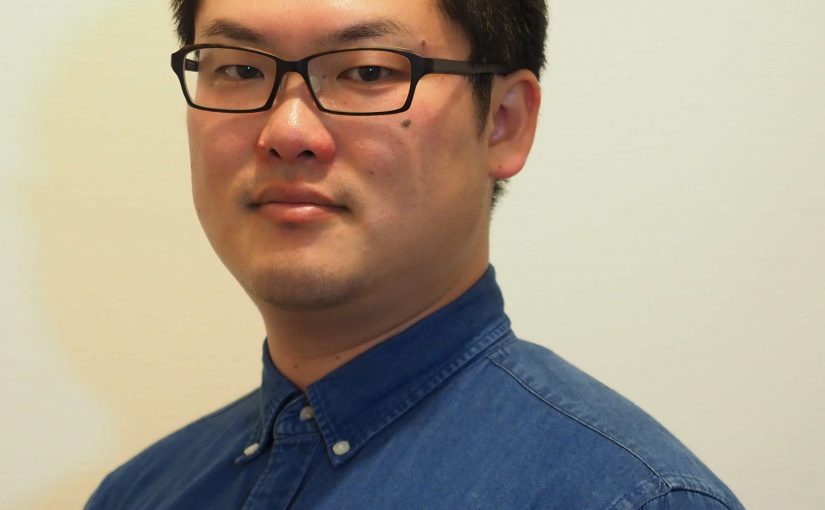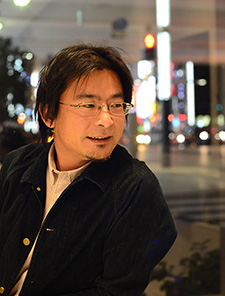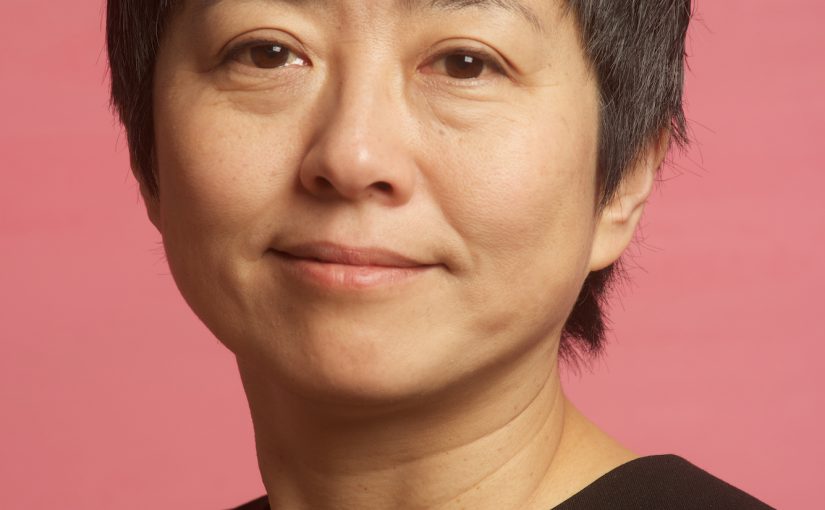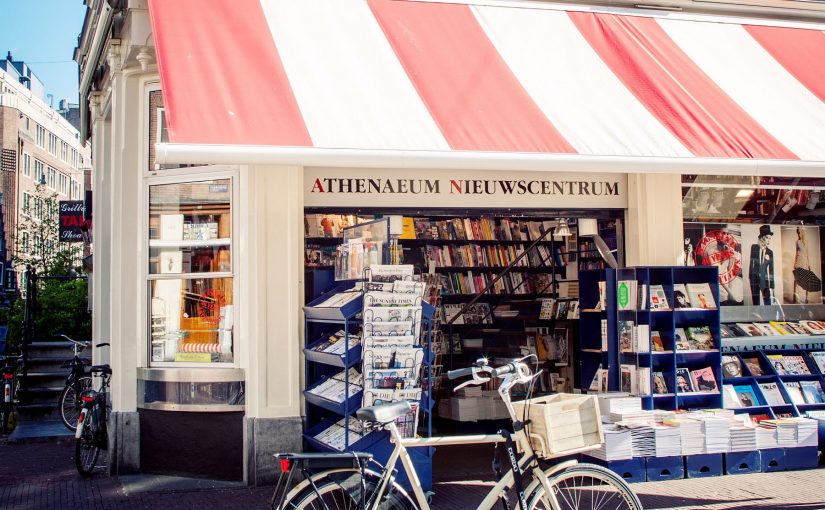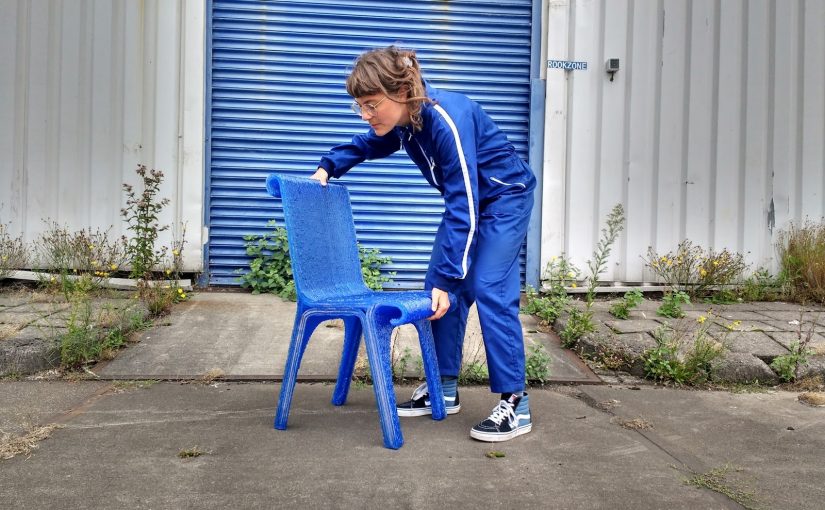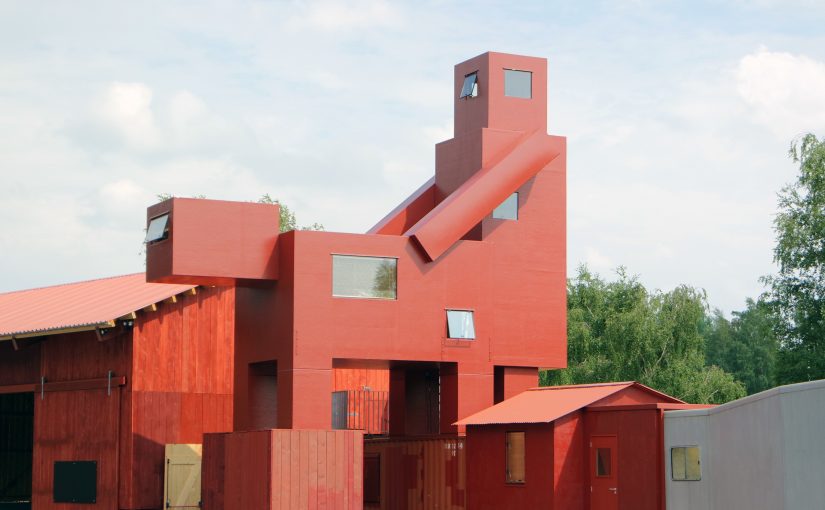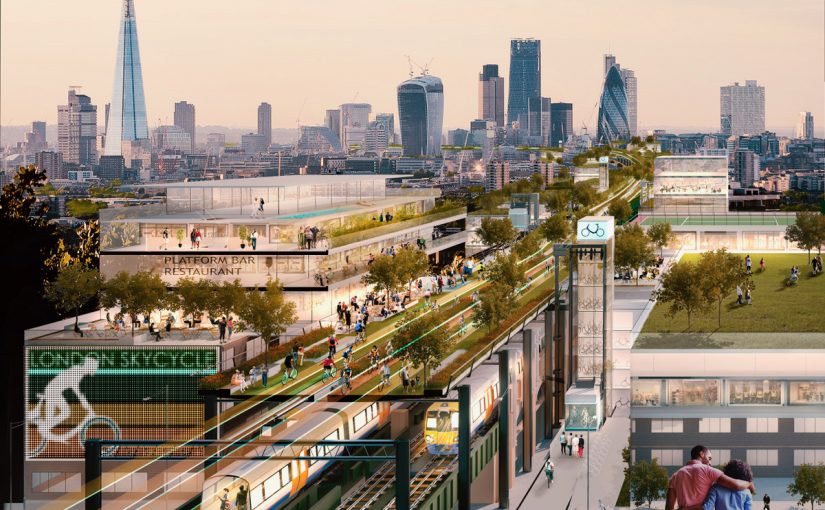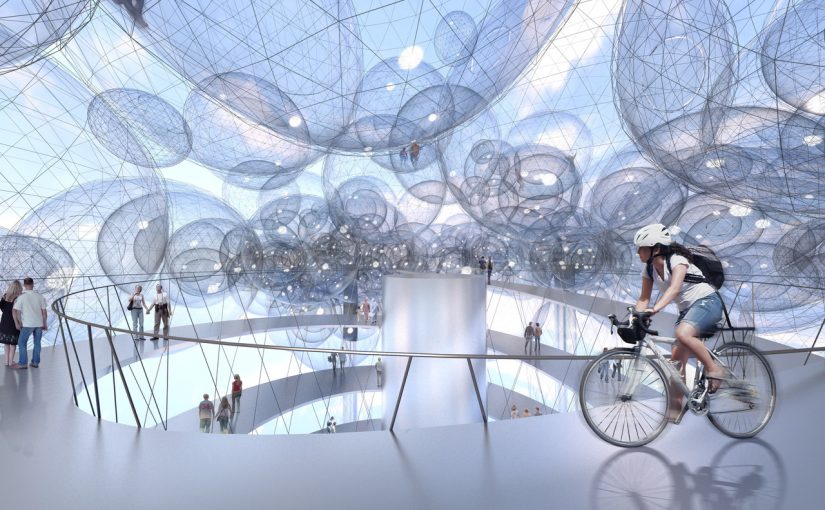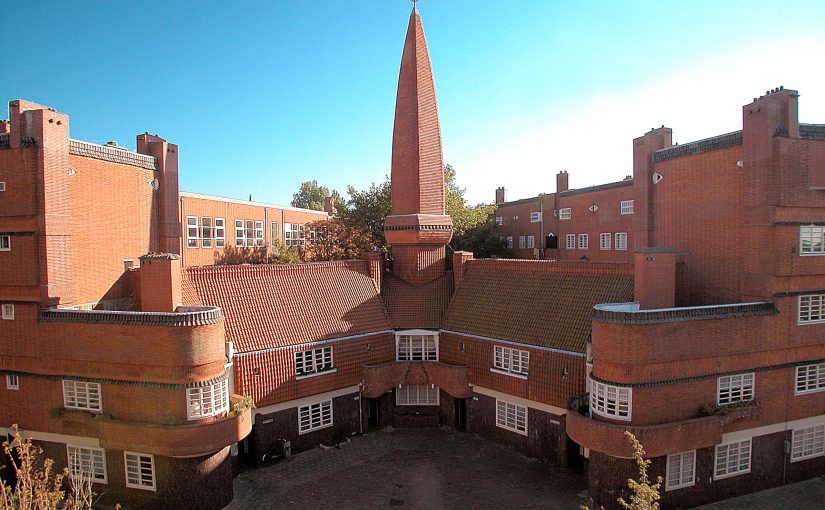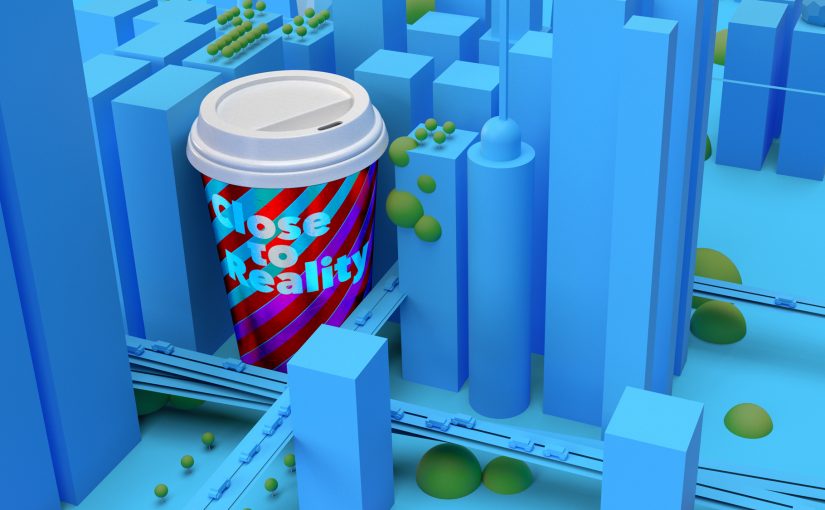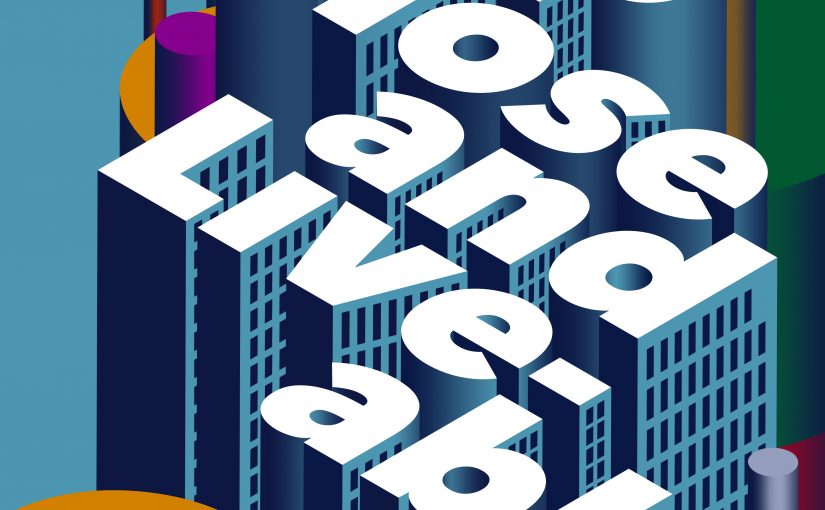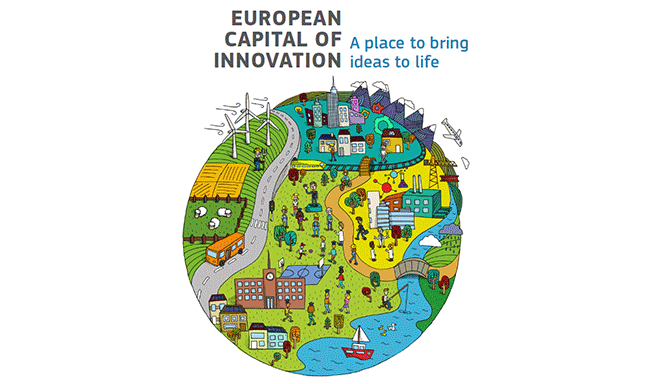The successes of Amsterdam are rarely made through a top-down approach but instead arise from the collaboration between several parties. For centuries, the people of Amsterdam have made the city together, through a co-creation between residents, companies, civil society
organisations and governmental bodies. This approach of working together is part of the DNA, and in 2016 the so-called Amsterdam Approach won Amsterdam the title of European Capital of Innovation. It was praised for its flexibility and creativity in approaching urban challenges.
The award was launched in 2014 by the European Commission to encourage and stimulate urban innovation. In July 2015, 36 cities with a total of over 100 thousand residents competed for the title of European Capital of Innovation. Along with Amsterdam, Eindhoven, Turin, Paris, Berlin, Glasgow, Milan, Oxford, and Vienna made it to the finals. After winning the award, Amsterdam followed in the footsteps Barcelona as innovation capital. In 2018 Paris has been declared
iCapital of Europe.
We celebrate this award through WeMakeThe.City, a five-day urban innovation festival which offers a stage for anyone and everyone that wants to contribute to the current and future urban challenges. Residents, scientists, entrepreneurs, creatives, politicians, civil servants, social organisations, and students come together to tackle the urgent everyday challenges in the city such as affordable housing, climate change, food and health, mobility, waste, technology and big data, circularity, loneliness, education, and the divide in the city. Come join us!
